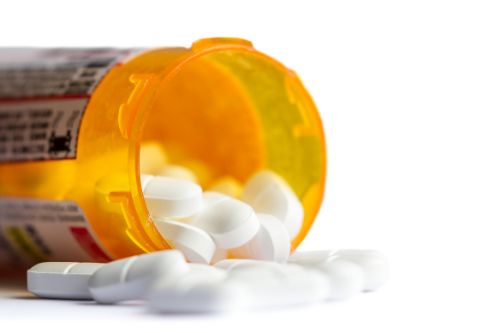
Narcotics are a class of medications that are effective in treating severe pain. However, because of the seriousness of these medications, there are several key things everyone taking them should know.
- Some narcotic medications may be more effective if used in conjunction with non-narcotic medications, like Tylenol.
- Using narcotic medications with non-narcotic medications may reduce the overall amount of narcotics you take and their side effects.
- Narcotic pain medications may have serious side effects and should only be used under physician supervision.
- To avoid taking more narcotic medications than you need, take only your own prescriptions. Don’t take medicines intended for friends and family members.
- When you no longer need your narcotic prescription, destroy it or flush it down the toilet to avoid misuse by others or accidental use by children.
- Keep your narcotics and other strong medications secure and out of reach of children. In small children the likelihood of accidental overdose is very high.
- Not all physicians are comfortable or knowledgeable in the use of very strong narcotics. Don’t expect your doctor to prescribe a medication just because you want it.
- At certain dosages, narcotics are associated with a high level of dangerous side effects that can lead to death. Your doctor will be justifiably hesitant to prescribe those levels of narcotics.
- Your doctor might recommend performing injection procedures for your back and neck pain. If you are taking regular narcotic medications you should strongly consider this. Injections may relieve your pain, thereby reducing your narcotic intake.
- You can reduce your narcotic intake by engaging in regular therapy, at home exercise programs or a weight loss program. These activities will strengthen your back and reduce pain.
- Narcotic addiction can occur when taking high dosages. Addiction is unlikely to occur at lower dosages.
- Signs of narcotic addiction include compulsive behavior to get the drug, craving for the drug and continued use despite negative consequences, like side effects.
- Dependence is different from addiction. In dependence, long term usage of narcotics leads to higher and higher dosages being necessary to relieve pain. This may result in withdrawal symptoms if the drug is stopped.
- Taking higher dosages because of dependence may result in what doctors call a “low therapeutic index.” In other words, the span between pain relief and potentially life threatening side effects is narrow.
- Taking high dosages of narcotics with other strong medications, like sedatives, may result in additive side effects. For example, narcotics, sleeping pills, muscle relaxants and anti-anxiety medications all may reduce your ability to breath. Taking medications like these together may result in accidental death.
- In the late 1990s doctors were trained and pressured to prescribe more pain medications than previously. This resulted in an increase in prescribing that has been associated with an increase in death from narcotic overdose. In 1999 3,000 people died from accidental overdose. In 2011 that number increased to 12,000. By 2018 it was 46,802 deaths.

